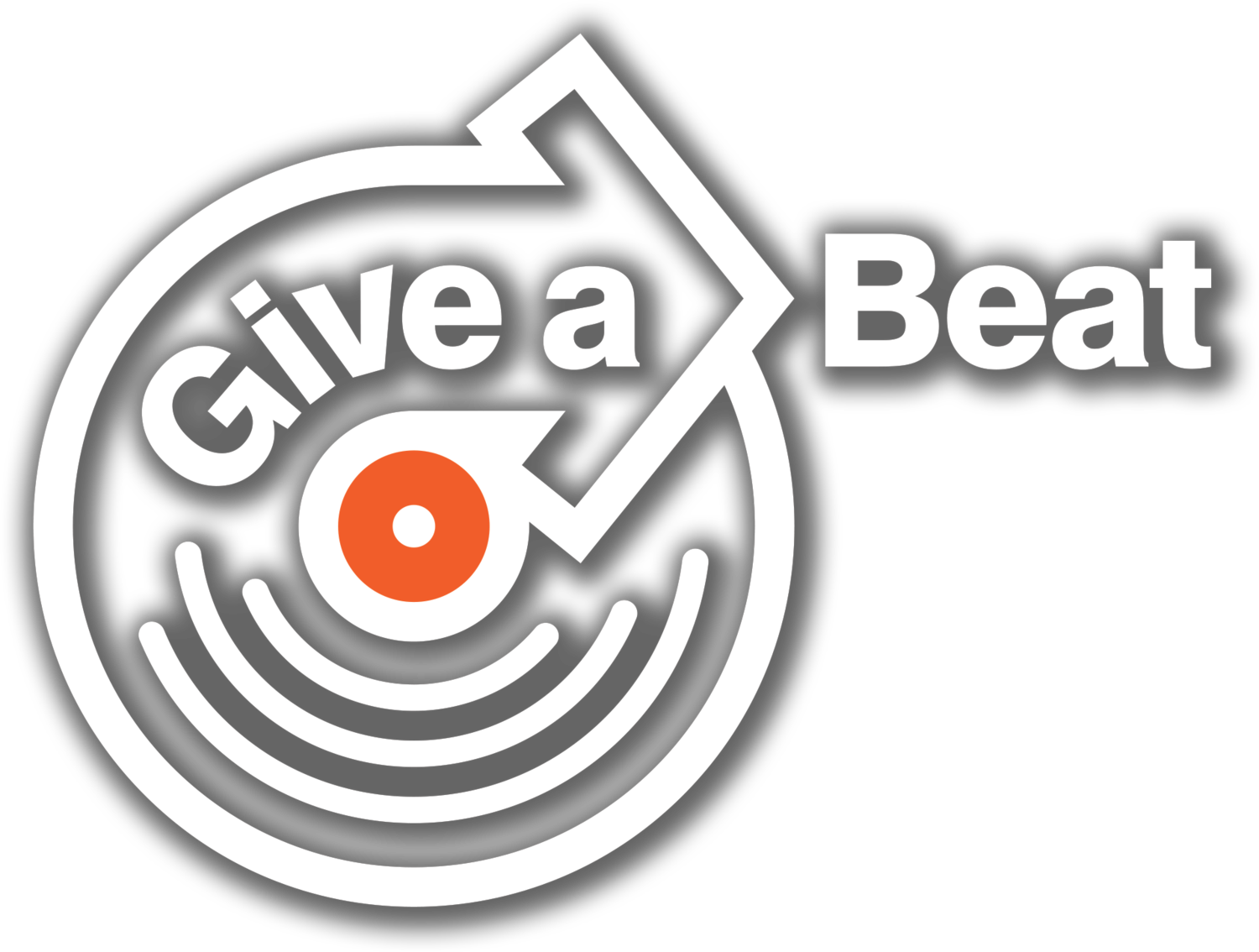The Issues
“The nature of the criminal justice system has changed. It is no longer primarily concerned with the prevention and punishment of crime, but rather with the management and control of the dispossessed.”
Michelle Alexander, The New Jim Crow
General Statistics
Since 1970, our incarcerated population has increased by 700% – 2.3 million people in jail and prison today, far outpacing population growth and crime.
ACLU, 2020
In 2018, the Bureau of Justice Statistics (BJS) reported that 14 percent of prisoners in state and federal facilities met the criteria for having serious mental health conditions. In local jails the number was 26 percent. Only five percent of the general population meets those criteria, according to the BJS.
The annual cost of mass incarceration in the United States is $81 billion.
Bureau of Justice Statistics, Equal Justice Initiative, 2017
Formerly incarcerated people are almost 10 times more likely to be homeless than the general public.
Prison Policy Initiative, 2018
There are 10 times more mentally ill people behind bars than in state hospitals.
Ana Swanson, The Washington Post, 2015
Of the 600,000 people being released from prisons each year, close to 70% are rearrested within three years of their release.
Concordance Institute for Advancing Social Justice Impact of Incarceration (Ket Point) National and Missouri Statistics Fact Sheet, 2015
Graphic from https://www.prisonpolicy.org/reports/pie2020.html
Youth & Mass Incarceration
On any given day, over 48,000 youth in the United States are confined in facilities away from home.
Prison Policy Initiative, 2019
The US is the only country that places its youth in solitary confinement, 2,500 youth are sentenced to life annually.
Jean Casella and James Ridgeway, The Guardian, 2012;
The Sentencing Project, Juvenile Life without Parole: An Overview, James Rovner, 2016
One of every 12 American children, more than 5.7 million kids under age 18, have experienced parental incarceration at some point during their lives.
Child and Adolescent Health Measurement Initiative, 2016
More than 70 percent of youth released from residential corrections programs are rearrested within three years.
Morning Consult, 2020
1 in 3 African American youth will be in prison in their lifetime.
Saki Knafo, The Huffington Post, 2013
4,535 confined youth — nearly 1 in 10 — are incarcerated in adult jails and prisons, where they face greater safety risks and fewer age-appropriate services are available to them.
Prison Policy Initiative, 2019
Women & Mass Incarceration
There are 1.3 million women under the supervision of the criminal justice system.
The Sentencing Project, 2019
84% of women are incarcerated for employing survival strategies.
Vawnet: The National Online Resource Center of Vioulence Against Women, Melissa E. Dichter, 2015
Female parolees have greater difficulty obtaining employment and housing than males and are at greater risk for living without homes.
Bandele, 2017
Nearly 70 percent of women in prison or jail have a history of mental health conditions—a much higher rate than for men in prison or jail.
ACLU, 2019
Girls committed to juvenile correctional settings often receive harsher punishments than males for the same or lesser offenses.
The Sentencing Project, 2018
In 2017, the imprisonment rate for African American women (92 per 100,000) was twice the rate of imprisonment for white women (49 per 100,000). Hispanic women were imprisoned at 1.3 times the rate of white women (67 vs. 49 per 100,000).
Sentencing Project, Incarcerated Women and Girls, 2019
Racial Inequalities & Mass Incarceration
1 in 3 black men and 1 in 6 Latino men is likely to spend time in prison in their lifetime, as compared to 1 in 17 white men.
The Sentencing Project, 2016
Black people are incarcerated in state prisons at a rate 5.1 times greater than that of white people.
The Sentencing Project, 2016
Black male offenders receive sentences on average 19.1 percent longer than similarly situated White male offenders.
United States Sentencing Commission, 2017
One in 18 black women born in 2001 is likely to be incarcerated sometime in her life, compared to one in 111 white women.
Sentencing policies, implicit racial bias, and socioeconomic inequity contribute to racial disparities at every level of the criminal justice system.
Black Lives Matter: Eliminating Racial Inequity in the Criminal Justice System, Nazgol Ghandnoosh, PhD, 2015
Today, people of color make up 37% of the U.S. population but 67% of the prison population.
Criminal Justice Facts, 2016
There are plethora of resources documenting every aspect of the extent of the greatest injustice of our time.
We recommend following Michelle Alexander (The New Jim Crow), and Bryan Stevenson, the founder of the Equal Justice Initiative. Other recommended resources include The Marshall Project, The Sentencing Project, and the Innocence Project.


